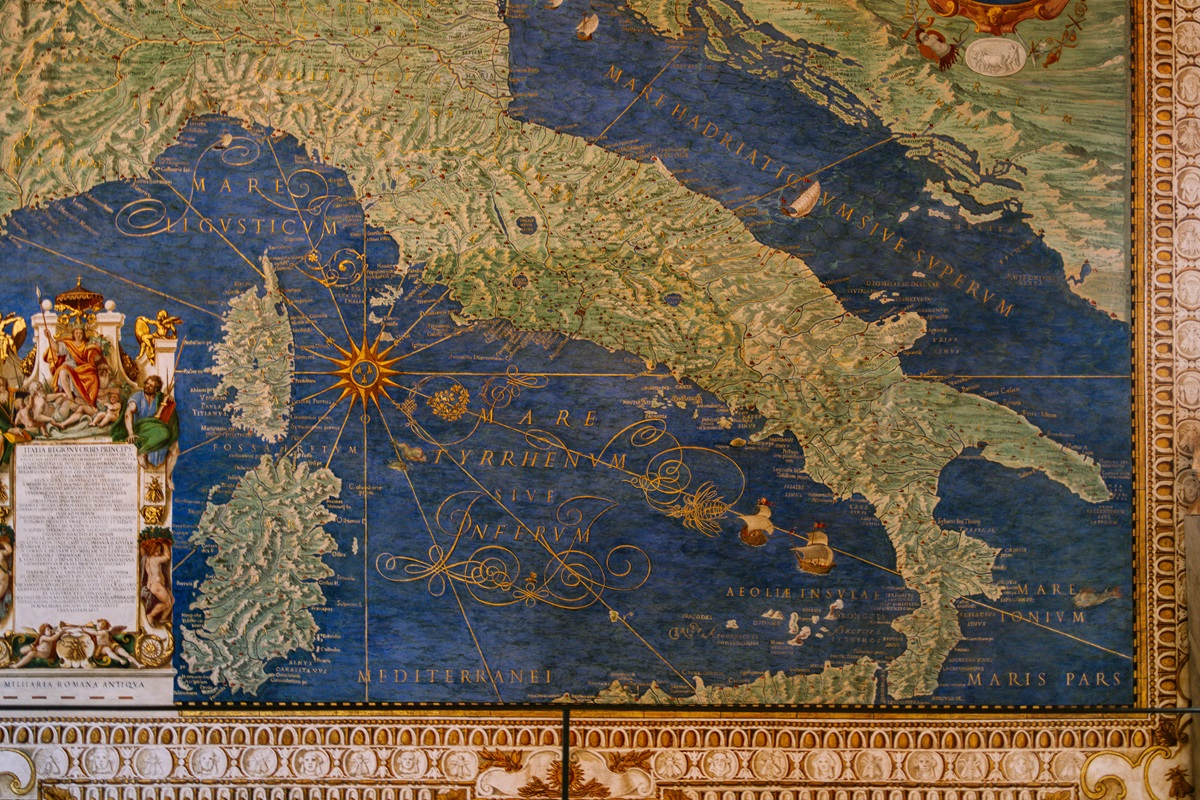
When people think of Italian, they often conjure images of the melodic, expressive language spoken in cities like Rome or Florence. However, the Italian language as we know it today represents only a fraction of the linguistic richness found across Italy. Beneath the surface lies a rich tapestry of dialects and languages, each with its own history, culture, and identity. From Sicilian to Ladin, Italy’s linguistic diversity offers a fascinating glimpse into the country’s past and present.
In this guide, we’ll explore the distinction between standard Italian and its many dialects, the status of minority languages, and how these linguistic variations shape Italy’s cultural landscape.
1. The Birth of Standard Italian
Standard Italian, italiano standard, is primarily based on the Tuscan dialect, especially the variety spoken in Florence. The Tuscan dialect was ennobled by writers like Dante Alighieri, Petrarch, and Boccaccio during the Renaissance through works such as The Divine Comedy. These masterpieces provided the foundation for modern Italian.
Until the unification of Italy in 1861, the majority of Italians relied on their local dialects for everyday communication. After unification, Tuscan was officially adopted as the standard language. Even today, for many Italians, standard Italian is largely a learned language, while regional dialects remain integral to daily life.
2. What Are Italian Dialects?
Italian dialects are not simply regional accents or slight variations of standard Italian; they are languages in their own right, with distinct grammar, vocabulary, and pronunciation. Evolved from Latin and shaped by local influences over centuries, these dialects form a linguistic mosaic.
Here are a few examples:
- Sicilian (Sicilianu): Spoken in Sicily, this dialect reflects the island’s multicultural history with influences from Greek, Arabic, and Norman.
- Neapolitan (Napoletano): Widely recognized, Neapolitan is spoken in Naples and across southern Italy, boasting a rich literary and musical tradition, including iconic Neapolitan songs.
- Venetian (Veneto): Spoken in Venice and surrounding areas, this dialect features softer sounds and distinct vocabulary compared with other regions.
- Lombard (Lombardo): Spoken in Lombardy, Lombard shares similarities with French and other Gallo-Italic languages.
3. Minority Languages in Italy
Italy also protects several minority languages by law, representing ethnic groups with deep roots in particular regions. These languages enrich the cultural and linguistic diversity of the nation.
- Sardinian (Sardu): Spoken on Sardinia, Sardinian is considered one of the closest modern languages to Latin.
- Friulian (Furlan): Spoken in Friuli-Venezia Giulia, Friulian bears influences from Germanic and Slavic languages.
- Ladin (Ladino): A Rhaeto-Romance language, Ladin is spoken in the Dolomite mountain region and enjoys a distinct identity.
- German and French: In areas like South Tyrol and Aosta Valley, these languages are co-official and play an important role in schools and public institutions.
4. The Cultural Significance of Dialects
For many Italians, speaking a dialect is more than just communication—it is an expression of identity and pride. Dialects are closely tied to family traditions, folklore, and regional cuisines. Whether it’s the witty banter in Neapolitan markets or the poetic cadences of Sicilian folk songs, dialects are deeply ingrained in social life.
However, dialect usage among younger generations is declining, particularly in urban areas where standard Italian dominates. Efforts to preserve dialects include festivals, literature, and language courses aimed at keeping these unique forms of speech alive.
5. Learning Italian Dialects and Languages
Exploring Italian dialects can be an exciting challenge for language learners. Here are some tips to get started:
- Immerse Yourself: Visit regions where the dialect is spoken and engage with locals. Many older generations are eager to share their linguistic heritage.
- Listen and Watch: Dialects are prominent in regional theater, music, and cinema. Watching films in Neapolitan or listening to Sicilian music can be a fun way to learn.
- Study Resources: While there are fewer resources for dialects compared to standard Italian, books, online courses, and social media communities can be helpful.
6. Why Understanding Italian Dialects Matters
Exploring Italy’s linguistic diversity offers a richer understanding of its history and culture. Each dialect and language reflects the unique experiences of its speakers, from the ancient Roman Empire to medieval city-states and beyond. For travelers, linguists, or anyone passionate about Italy, delving into its dialects is a journey into the heart of Italian life.
Conclusion
The dialects and languages of Italy truly showcase the vibrancy of its cultural mosaic. While standard Italian serves as a unifying thread, the country’s linguistic diversity reminds us of the richness that comes from local traditions and histories. Whether you’re planning a trip to Italy or simply want to explore its heritage, embracing its dialects is a rewarding way to connect with this enchanting land.
Do you speak an Italian dialect or have a favorite regional phrase? Share your experiences in the comments below!



